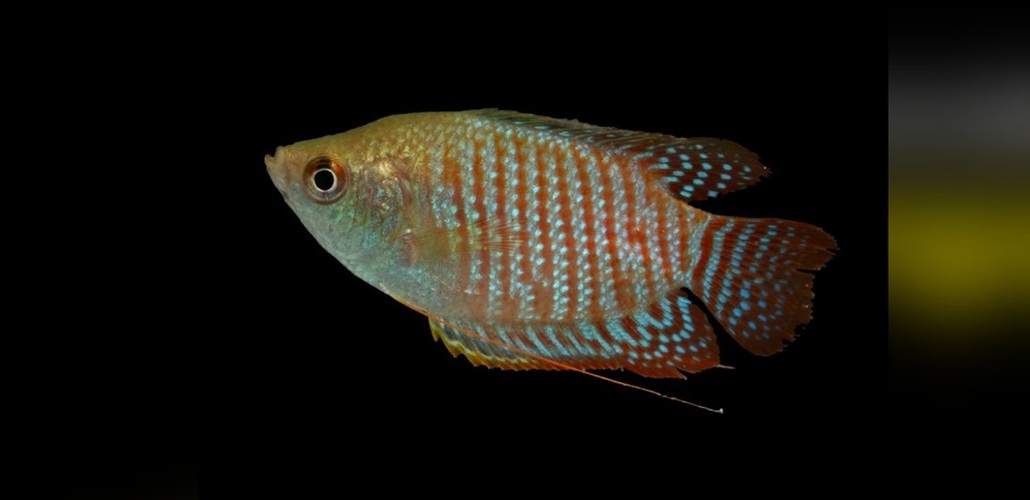Guwahati: Beneath the sweeping grasslands of Kaziranga National Park lies a thriving, lesser-known world teeming with aquatic and reptilian life.
A recent rapid survey by the park authorities has unveiled a rich diversity of fish, amphibians, and reptiles, underscoring the UNESCO World Heritage Site’s ecological vitality.
Kaziranga National Park and Tiger Reserve (KNPTR) Director Sonali Ghosh said the survey, carried out between July and September in partnership with scientists from the Wildlife Institute of India (WII), identified 77 species of freshwater fish.
This figure represents a significant share of Assam’s 216 native fish species and highlights the park’s crucial role in safeguarding freshwater biodiversity within the Brahmaputra basin.
The study also documented 108 species of amphibians and reptiles — far higher than the herpetofaunal diversity recorded elsewhere in the state.
“The abundance of native fish and herpetofauna confirms that Kaziranga continues to offer pristine habitats for wild fauna,” Ghosh said.
She noted that amphibians and reptiles serve as key indicators of ecosystem health, helping maintain balance within wetland and forest ecosystems.
The findings were unveiled during an event at the Kohora Convention Centre, where Assam’s Environment, Forest and Climate Change Minister Chandra Mohan Patowary also released the park’s annual report and a poetry collection by Dr. Tapti Baruah Kashyap.
Chief Minister Himanta Biswa Sarma praised the Forest Department’s efforts, calling Kaziranga “a vibrant emblem of Assam’s natural heritage.”
In a social media post, he lauded the discovery of 108 herpetofaunal species as a testament to sustained conservation and the dedication of park staff.
The fish survey recorded 44 species from 18 families, with Cyprinidae and Danionidae emerging as the most dominant. Combined with previous studies, Kaziranga’s ichthyofaunal richness now stands at 77 species.
The report emphasized the ecological role of fish in sustaining food webs and supporting species such as otters, fishing cats, and waterbirds, while also warning of threats from siltation, hydrological changes, and unregulated fishing.
Meanwhile, the herpetofauna survey revealed 31 species — 17 amphibians and 14 reptiles — belonging to 19 genera and 14 families.
ALSO READ: Imphal airport conducts mock bomb threat drill to strengthen security readiness
Amphibians were found most abundant along forest trails and stream habitats, while reptiles thrived near water channels.
Researchers also used AI-based passive acoustic monitoring to record amphibian calls in breeding zones, providing valuable data through a non-invasive method.
Kaziranga’s total herpetofaunal checklist now includes 108 species, featuring rare and threatened ones like the King Cobra (Ophiophagus hannah), Assam Roofed Turtle (Pangshura sylhetensis), Asian Brown Tortoise (Manouria emys), and the elusive Striped Caecilian (Chiromantis assamensis).
Officials said the findings reaffirm Kaziranga’s position not only as a sanctuary for megafauna like the one-horned rhinoceros but also as a “living laboratory” for freshwater and herpetological diversity — a reminder that the park’s life extends far beyond its famous grasslands.














